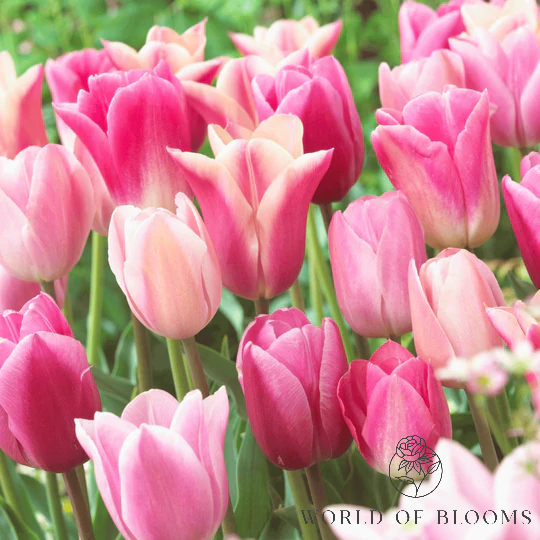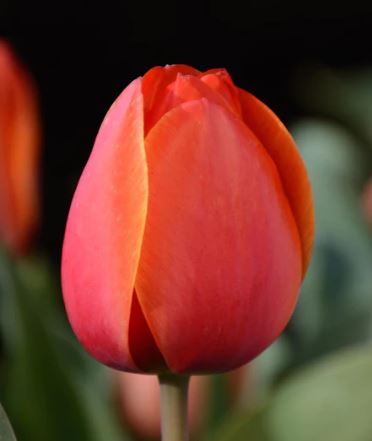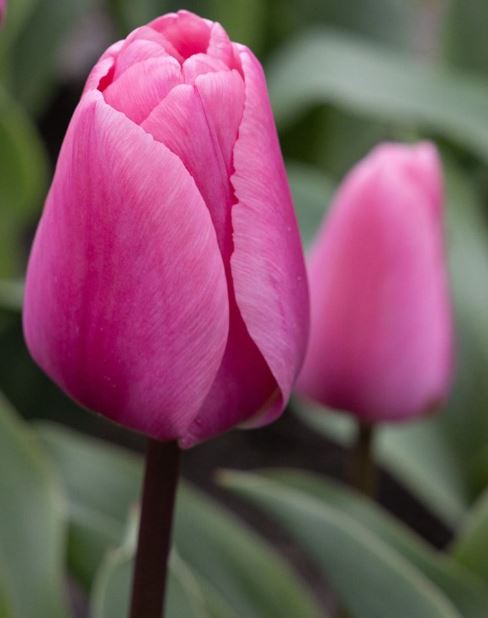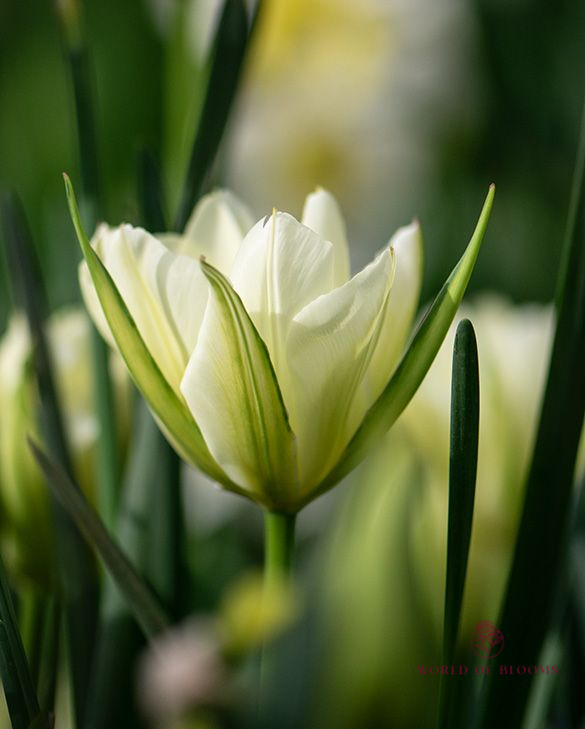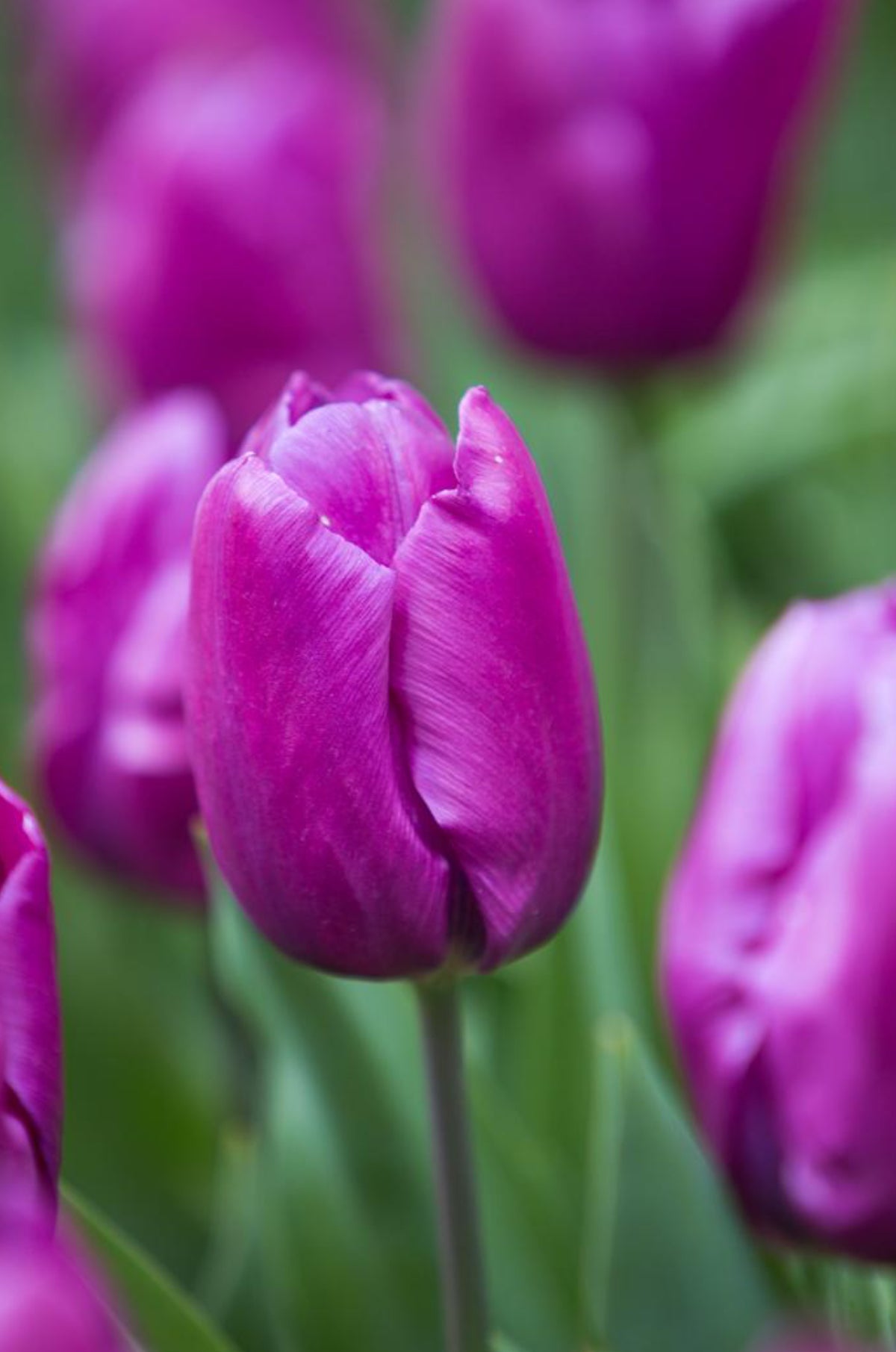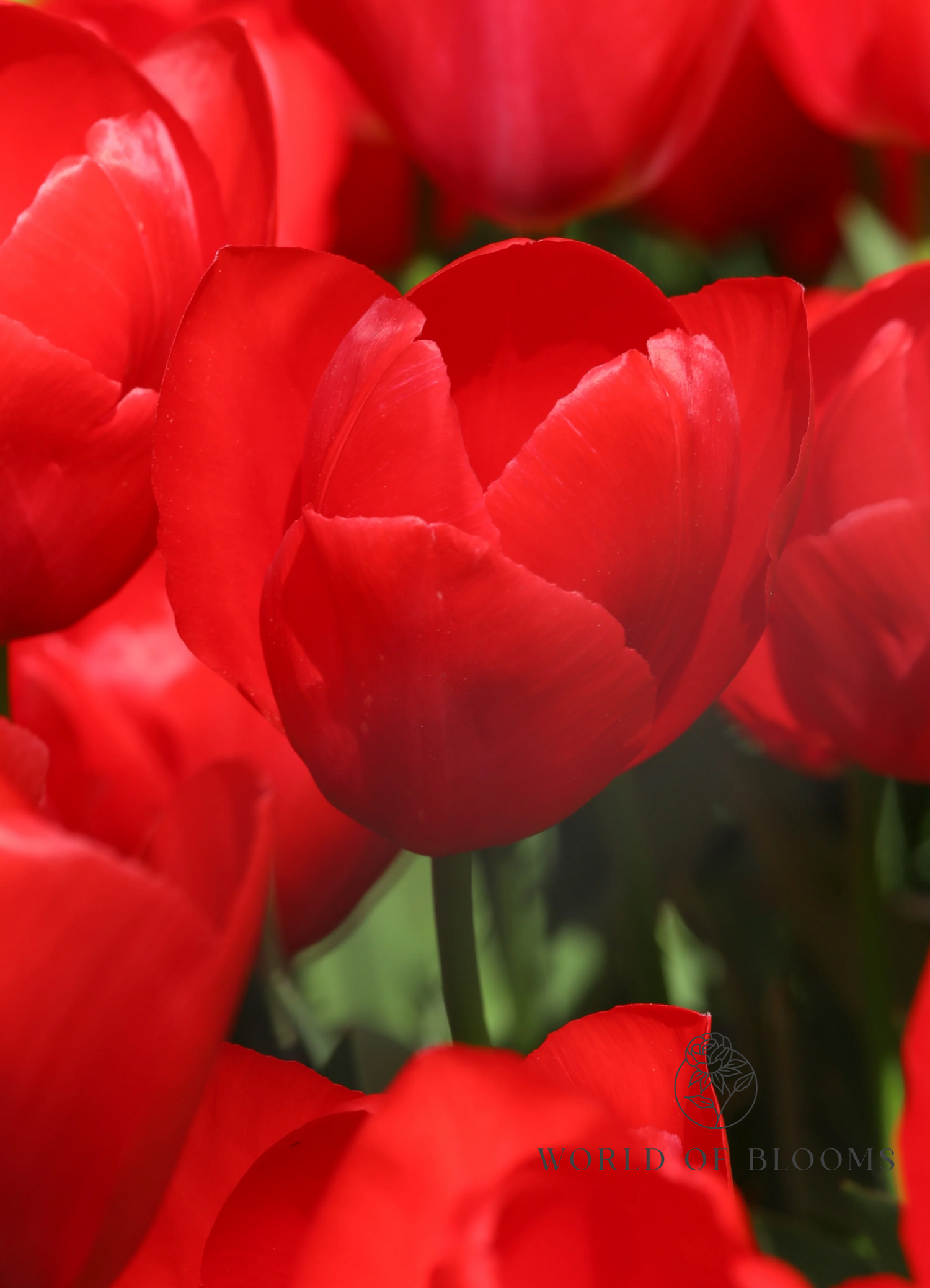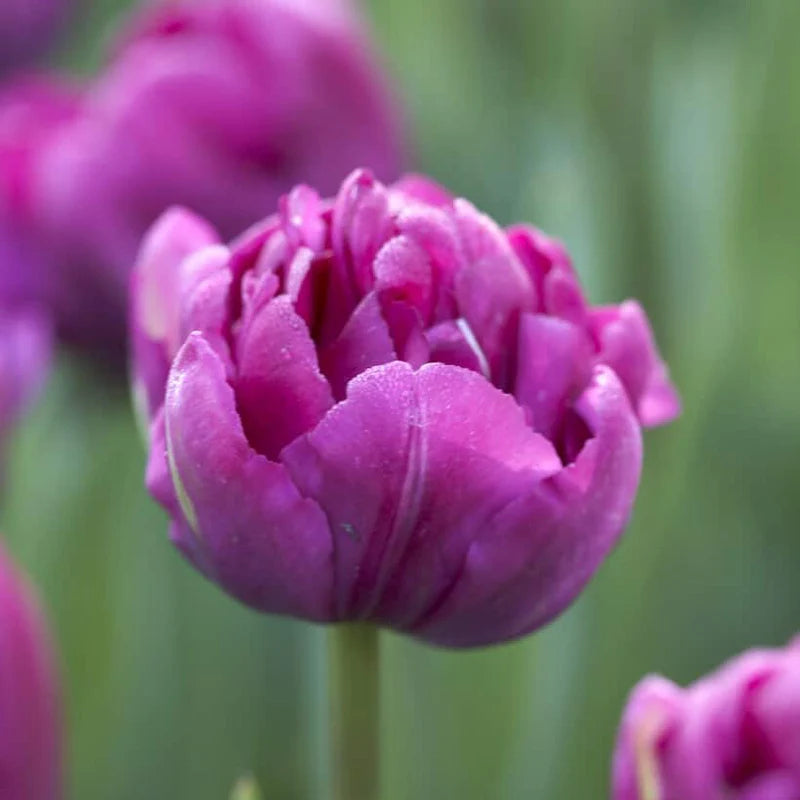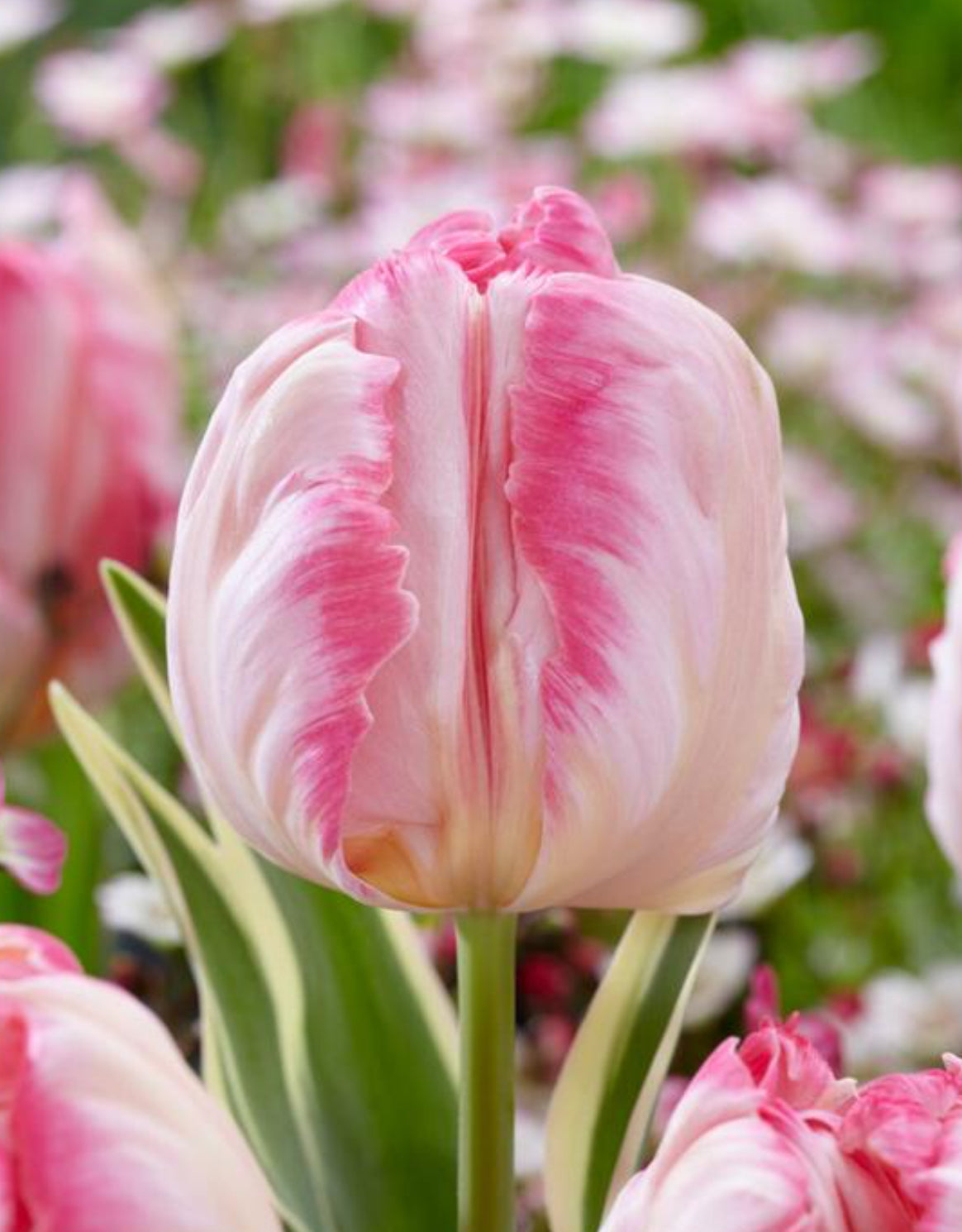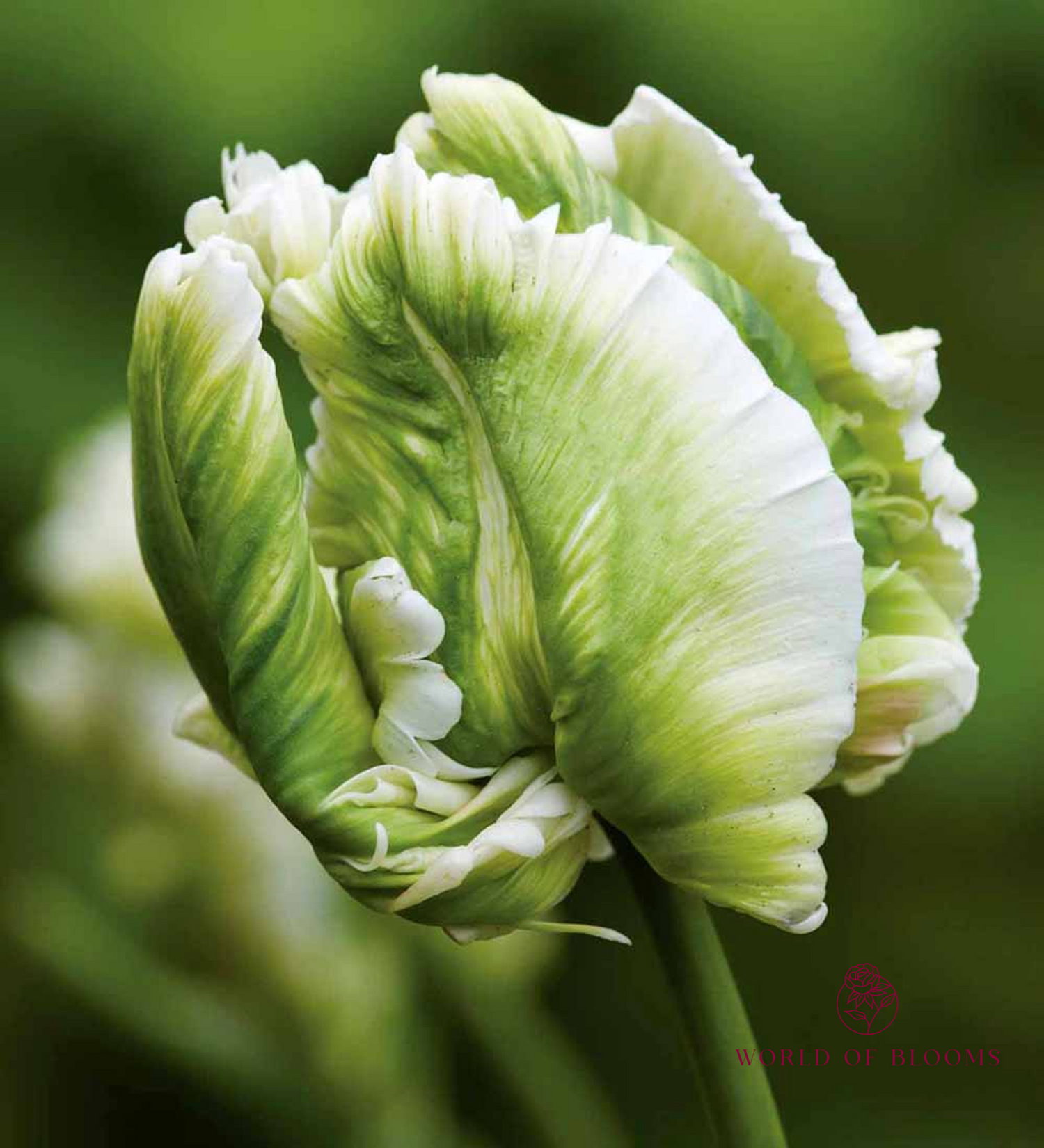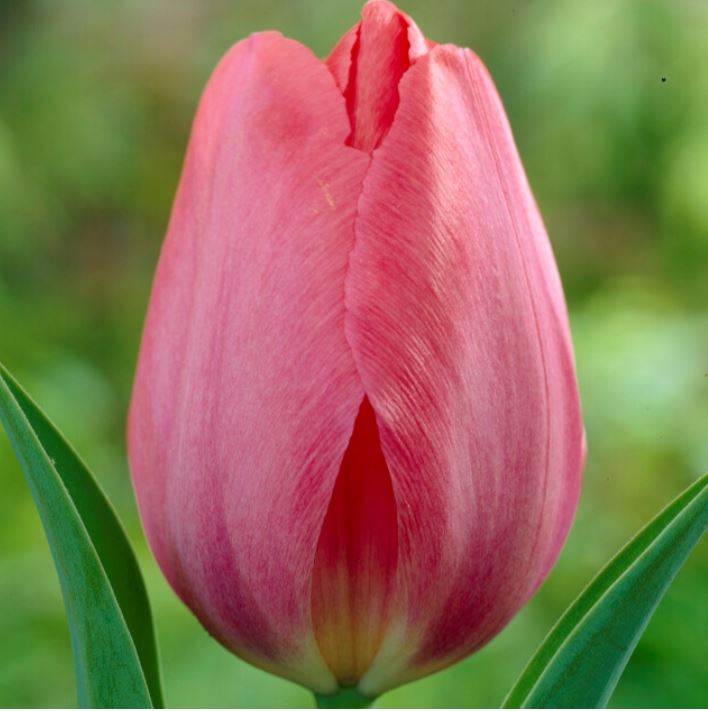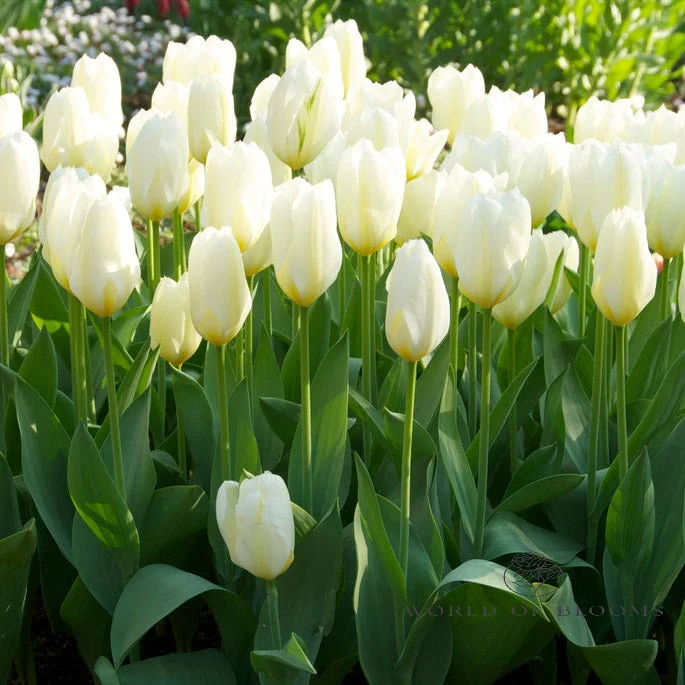Dahlia Dinnerplate 'Lilac Time'
Couldn't load pickup availability
PreOrder Shipping Begins March 15, 2026!
Dahlia Dinnerplate 'Lilac Time' is a beautiful variety known for its large, soft lilac blooms and elegant appearance. With its huge, rounded flowers reaching up to 10 inches in diameter, it makes a stunning statement in any garden or floral arrangement. The delicate pastel tones of the blooms and the plant's upright growth habit make it ideal for garden beds, borders, and as a cut flower. With the right care, including regular watering, proper sunlight, and occasional staking, 'Lilac Time' will reward you with months of breathtaking color and beauty.
Zones: 3 - 11
General Characteristics:
- Type: Dinnerplate Dahlia
- Flower Shape: 'Lilac Time' is characterized by its large, rounded blooms with a slightly flat but voluminous form. The flower's petals are arranged in a circular, layered pattern that creates the large, disc-like shape typical of Dinnerplate dahlias. The blooms are dense, full, and elegant, often giving the impression of a delicate, yet substantial flower.
- Bloom Color: The standout feature of 'Lilac Time' is its soft lilac color. The blooms are a lovely pale lavender or light lilac with subtle hints of deeper pink or purple at the center, adding depth and dimension to each flower. This soft, pastel tone is calming and sophisticated, making it a popular choice for garden displays, floral arrangements, and events like weddings.
- Flower Size: As a Dinnerplate variety, the flowers of 'Lilac Time' are exceptionally large, reaching up to 8 to 10 inches (20 to 25 cm) in diameter. The large size of the blooms adds a dramatic touch to any garden, and they are perfect for creating focal points or eye-catching arrangements.
- Petal Texture: The petals of 'Lilac Time' are smooth and slightly waxy, which helps them maintain their shape and stand up to adverse weather conditions. The texture is delicate but firm enough to hold up well, even as the flower opens fully.
Plant Characteristics:
- Height: Dahlia 'Lilac Time' is a tall variety, typically growing to about 3.5 to 4 feet (105 to 120 cm) in height. This makes it suitable for planting at the back of garden borders or as a central feature in a flower bed. Its tall stature allows it to stand out among shorter plants in the landscape.
- Spread: The plant has a moderate spread of around 18 to 24 inches (45 to 60 cm). Its slightly bushy growth habit fills out garden spaces nicely without becoming too sprawling.
- Foliage: The foliage of 'Lilac Time' is dark green and slightly glossy, with broad, pointed leaves. The foliage provides a lovely contrast to the soft lilac flowers, helping them stand out even more in the garden.
- Growth Habit: The plant has an upright growth habit with sturdy stems that support the large flowers. However, due to the size of the blooms, staking or providing some form of support may be necessary to prevent the flowers from drooping or breaking, especially in windy conditions.
Growing Conditions:
- Sunlight: Like all dahlias, 'Lilac Time' thrives in full sun. It requires at least 6 hours of direct sunlight per day to produce the best flowers. Ample sunlight is necessary to help the plant grow vigorously and ensure that the flowers are large and vibrant.
- Soil: This dahlia variety prefers well-draining, fertile soil that is rich in organic matter. Slightly acidic to neutral soil (pH 6.0 to 6.5) is ideal. Adding compost or well-rotted manure will improve the soil's fertility and structure, providing the necessary nutrients for healthy growth.
- Watering: 'Lilac Time' requires regular watering, especially during dry periods. The soil should be kept moist but not waterlogged. Ensure that the plant has good drainage to prevent root rot, as dahlias do not tolerate standing water.
- Hardiness Zone: Dahlia 'Lilac Time' is suitable for USDA hardiness zones 8 to 10. In colder climates, the tubers should be dug up before the first frost and stored in a cool, dry place over the winter before being replanted in the spring.
Blooming Period:
- Flowering Time: Dahlia 'Lilac Time' begins to bloom in mid-summer (typically around July) and continues through the fall, often lasting until the first frost. The long blooming period ensures that the plant provides color and interest throughout the growing season.
- Pollinators: The large, vibrant flowers of 'Lilac Time' attract a variety of pollinators, including bees, butterflies, and hummingbirds, which will help pollinate the plant and support the local ecosystem.
Care and Maintenance:
- Deadheading: Regular deadheading, or removing spent flowers, is important for encouraging new blooms and maintaining the plant's appearance. By removing faded flowers, the plant can direct its energy into producing more blooms rather than seed production.
- Fertilization: A balanced fertilizer should be applied in early spring to promote healthy growth. Once flowering begins, a fertilizer with higher phosphorus and potassium content will encourage the production of large, beautiful blooms. Avoid fertilizers high in nitrogen, as they may lead to excessive leaf growth at the expense of flowers.
- Pest and Disease Control: 'Lilac Time' is relatively resistant to pests, but like all dahlias, it may attract aphids, slugs, and snails. Regularly check the plant for signs of pests and use organic pest control methods such as neem oil or insecticidal soap if necessary. Ensuring good air circulation around the plant will help prevent fungal diseases, such as powdery mildew.
- Staking: Due to the large size of the blooms, staking or providing support is often necessary to keep the plant upright. Using plant supports or stakes helps prevent the heavy flowers from drooping or breaking, especially during windy or rainy conditions.
Uses:
- Garden Beds: Dahlia 'Lilac Time' is perfect for garden beds, where its large, pastel blooms can create a focal point or contrast nicely with other plants. Its elegant appearance also makes it an excellent choice for mixed borders or as a backdrop for smaller flowering plants.
- Cut Flowers: The large, graceful flowers of 'Lilac Time' make excellent cut flowers. They have a long vase life, often lasting up to a week or more in arrangements, and their soft, pastel color makes them highly sought after for floral arrangements, especially for weddings and other elegant events.
- Landscaping: In landscaping, 'Lilac Time' works well in both formal and informal garden designs. Its tall stature and soft lilac color add a touch of elegance and sophistication to the landscape, and its long blooming period ensures continuous color.
Planting Instructions
1. Choosing the Right Location
Dahlias require specific growing conditions to thrive, so selecting the right spot is key:
- Sunlight: Dahlias love full sun. Choose a location that receives at least 6-8 hours of direct sunlight each day. The more sun they get, the better the blooming.
- Soil: Well-drained, fertile soil is essential. Dahlias do best in slightly acidic to neutral soil (pH 6.0 to 7.0). If your soil is heavy clay or drains poorly, amend it with organic matter (like compost) to improve drainage and fertility.
- Protection from Wind: Although dahlias are relatively tall and sturdy, they can be vulnerable to strong winds. Plant them in a sheltered spot to prevent breakage or damage to the flowers.
2. When to Plant Dahlias
Dahlias are warm-season flowers and should be planted once the threat of frost has passed and the soil has warmed up. In most regions, this means planting them in late spring, typically around late April to early May, after the last frost date.
- Soil Temperature: The ideal soil temperature for planting dahlia tubers is around 60°F (15°C). If the soil is too cold, the tubers may rot before they have a chance to sprout.
3. Preparing the Soil
Good soil preparation helps dahlias grow strong and healthy:
- Amend the Soil: Before planting, work compost or well-rotted manure into the soil. This adds nutrients and helps with drainage.
- Loosen the Soil: Dahlias have tubers that need to spread out, so make sure the soil is loose, not compacted.
- Add Fertilizer: Mix a slow-release balanced fertilizer or one specifically designed for flowering plants into the soil before planting to give your dahlias a nutrient boost.
4. Planting the Tubers
Once the soil is prepared, it's time to plant your dahlia tubers.
- Spacing: Dahlias should be spaced about 18-24 inches (45-60 cm) apart, depending on the variety. Taller varieties may need more space, while compact varieties can be planted a bit closer together.
- Planting Depth: Dig a hole or trench around 6 inches (15 cm) deep. Place the tuber in the hole with the "eyes" (small, bud-like protrusions) facing upward. If you’re planting multiple tubers, make sure there is enough room for the tubers to spread out as they grow.
- Orientation: If the tuber has a noticeable direction (like a flat side), plant it so that the eyes are facing upward. If unsure, it’s fine to plant the tuber sideways or with the flat side facing down.
- Covering: Gently cover the tuber with soil, and water it well after planting. Avoid burying the tuber too deeply; about 6 inches is ideal. The soil should be loose enough to allow the tuber to sprout easily.
5. Watering and Mulching
- Watering: After planting, water the area thoroughly to settle the soil around the tuber. Keep the soil evenly moist, but not soggy, while the tubers are establishing themselves. Once the plants start growing, they need consistent moisture, especially during dry spells.
- Mulching: Apply a thin layer of mulch around the plants to help retain moisture and suppress weeds. Organic mulch like straw, leaves, or grass clippings works well. However, avoid placing mulch directly on the tubers.
6. Staking or Supporting Dahlias
Dahlias can grow tall, especially larger varieties, so they may need support:
- Staking: To prevent the stems from flopping over, you can insert stakes near the plants and tie the stems loosely to the stakes. This is especially important for tall varieties or those with large flowers.
- Cages: Another option is to use a wire cage around the plant to provide support as it grows. This keeps the plant upright and the flowers undamaged by wind or rain.
7. Fertilizing and Care During the Growing Season
Once your dahlias are planted, it’s important to feed and care for them as they grow:
- Fertilizing: After planting, you can give dahlias a light dose of a high-phosphorus fertilizer to encourage blooming. Later in the growing season, switch to a balanced fertilizer or one that is lower in nitrogen. Over-fertilizing with too much nitrogen can result in lush foliage but fewer flowers.
- Deadheading: Remove spent blooms regularly to encourage new flowers and keep the plant looking tidy.
- Pruning: Prune the stems lightly to encourage branching. If you're growing large varieties, you may want to pinch off the top few buds to encourage bushier growth.
8. Aftercare and Harvesting
- Watering: Ensure that dahlias receive regular watering throughout the growing season, especially when the weather is hot and dry. The soil should stay moist but not waterlogged.
- Cutting Flowers: Dahlias are wonderful cut flowers! If you want to enjoy them indoors, cut them in the early morning or evening when they’re freshest, and place them in water immediately.
9. Overwintering Dahlias (for cold climates)
- Digging Up Tubers: In colder climates (zones 7 and below), you’ll need to dig up dahlia tubers before the first frost hits. Carefully lift the tubers with a spade or fork, being careful not to damage them. Trim the foliage and let the tubers dry for a couple of days in a cool, dry place.
- Storage: After drying, store the tubers in a cool, frost-free location, like a basement or garage, in a box with peat moss, sawdust, or sand to keep them dry. Check on the tubers periodically to make sure they haven’t rotted.

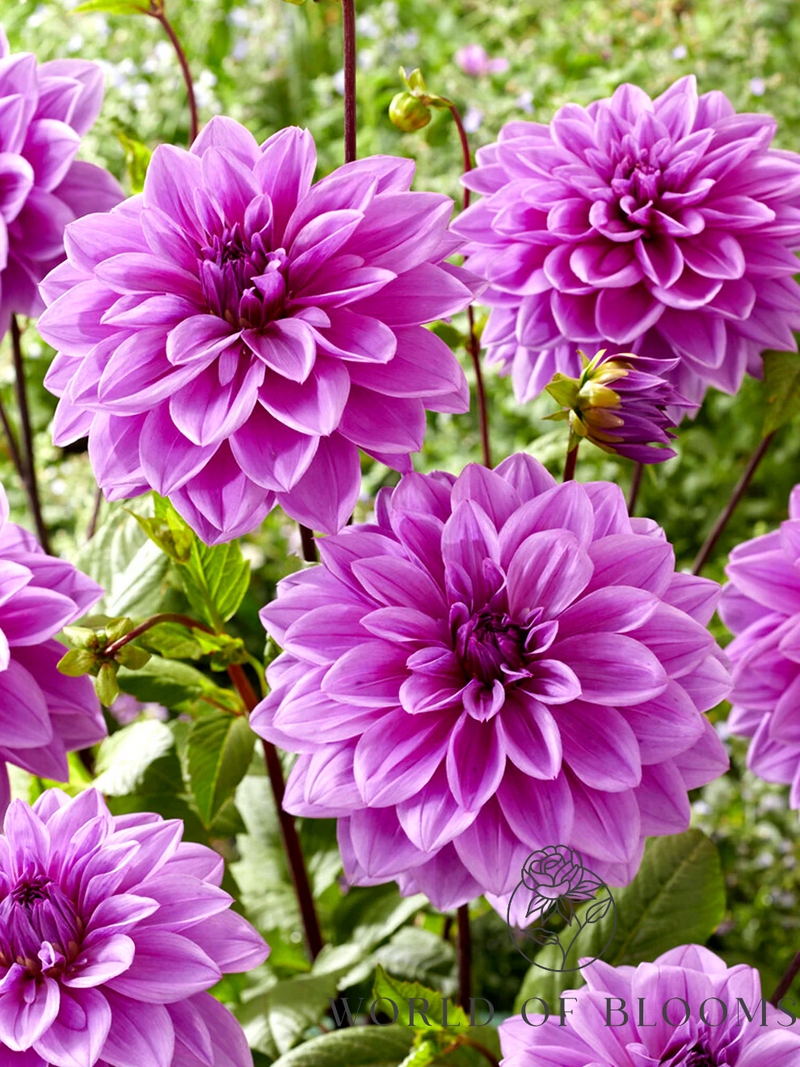


Recently viewed
